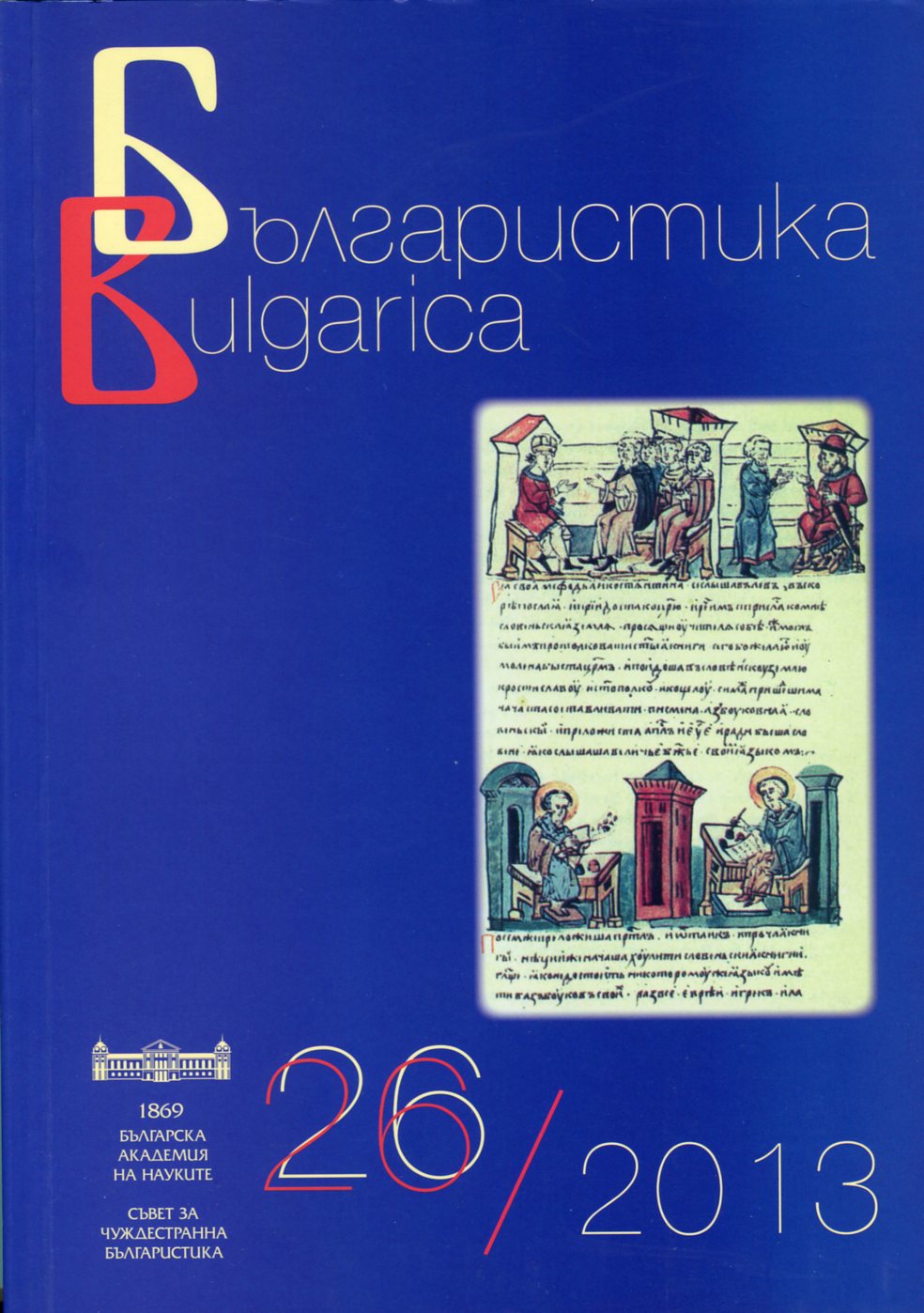
We kindly inform you that, as long as the subject affiliation of our 300.000+ articles is in progress, you might get unsufficient or no results on your third level or second level search. In this case, please broaden your search criteria.


Selected bibliography in the field of Bulgarian Studies published in the current year.
More...
Content of the main Bulgarian scientific journals for the current year in linguistics, literature, history, folklore, ethnography, archeology and art studies.
More...
Defended PhD theses in Bulgaria in the field of linguistics, literature, history, folklore, ethnography and art studies.
More...






The Japanese started coming to the United States at the end of the XIX century. The fact that they were not welcome was reflected in the US state and federal legislation. In the 1920s the Japanese society – embracing two generations – counted fewer than 300,000 people. The first generation, the Issei, were deprived of the right to naturalization. Their children, the Nisei – born in the United States and in the majority of cases Americanized – constituted the second generation. The Japanese lived mainly in Hawaii, as the biggest national minority, and in the West Coast, especially California. In the 1930s life was difficult for the Japanese living in the United States. Apart from the previous problems, they had to cope with new ones – connected with the economic crisis and Japan’s foreign policy. Their widespread and selfless support for Japan’s aggression against China was not only disapproved of by Americans; it also complicated their situation on the eve of the war. On the other hand, it was the time when the Nisei actively joined political life. Their biggest organization, the Japanese American Citizen League (JACL) was quite successful and in the Territory of Hawaii some Japanese became members of the local legislature for the first time.
More...
This paper presents a very specific issue from the first campaign of World War II – fights between German cavalry and a Polish mixed battlegroup, which took place near the town of Myszyniec on 1 September 1939. Being aware of a very rich historiography referring to this subject, the author decided to focus on the tactical level of warfare in Poland, based on a case study. This very fragment of history has been chosen for the analysis because of two factors. First, the use of cavalry in 1939 is stereotypically linked with only Polish cavalry units, which is a considerable oversimplification. The author decided to make research on combats and actions of German cavalry formations, in this particular paper, focusing on a very short period of time and small area. This resulted in an in-depth analysis of the topic, leading to interesting conclusions about the adversaries’ tactics. Moreover, it was possible to accurately estimate losses in people and equipment. The second factor that contributed to the choice of the topic is a rich source database, enabling comparison and analysis of sources created by the opponents. Rich German and Polish historiography has also been thoroughly researched. It is quite surprising that although there is a lot of literature concerning the Polish Campaign published both in Poland and Germany, authors of only few publications honestly relied on sources of both sides, concluding with proper synthesis. This research is based on the primary sources material – operational and tactical information about the combats. The material can be found mainly in two groups of archives: operational documents of the Wehrmacht’s 3rd Army Operational Branch (Ia) and accounts of Polish soldiers and officers who fought in “Myszyniec” battlegroup. German and Polish books constitute secondary sources.
More...






